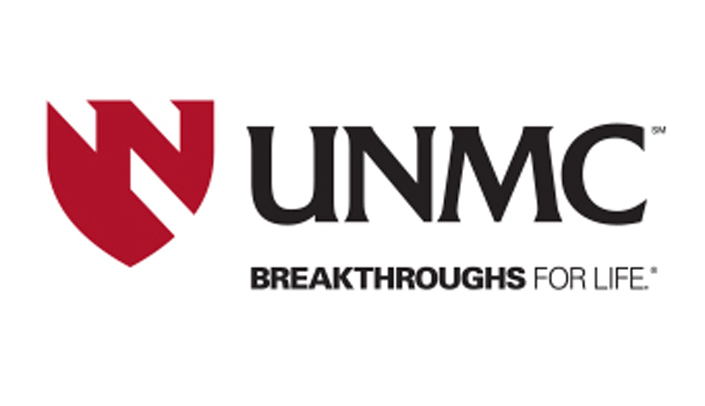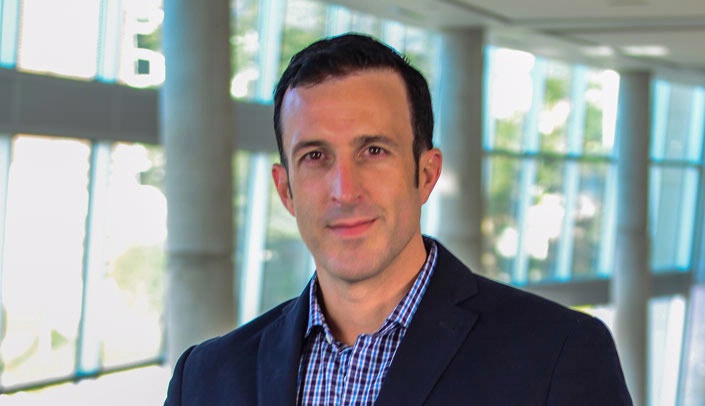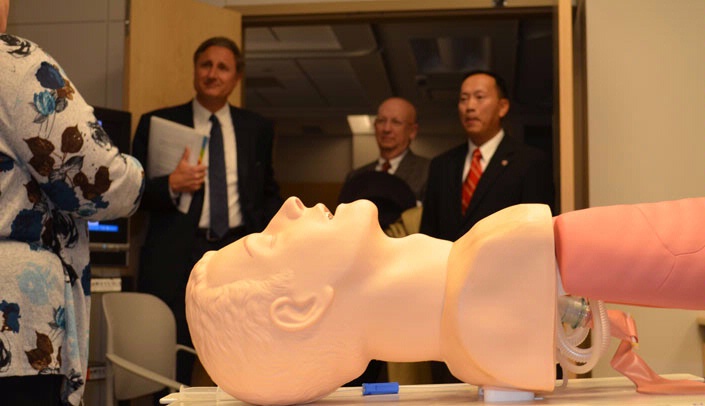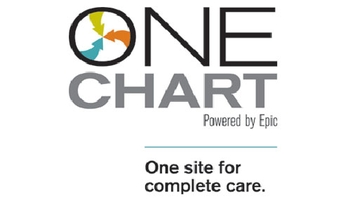Uncategorized
UNMC College of Dentistry annual Children’s Dental Day Feb. 5 in Lincoln
For hundreds of kids across the state, the annual Children’s Dental Day event at the University of Nebraska Medical Center College of Dentistry in Lincoln is one of the most highly anticipated events of the year. With its carnival like atmosphere, students clad in super-heroes of dentistry costumes and tooth fairies, Children’s Dental Day is […]
Feb 1, 2016

UNMC snow day policies for employees, students
With talk of a wintery blast tomorrow, employees and students are reminded that because of the nature of work conducted at UNMC and its primary clinical partner, Nebraska Medicine, the campus does not close as other University of Nebraska campuses may during extreme weather. As such, according to the UNMC Work Schedules Policy, employees who […]
Feb 1, 2016

Distinguished Scientist: David F. Mercer, M.D., Ph.D.
Research award ceremony will be held on Feb. 11.
Feb 1, 2016

Shared vision leads to potential partnership
UNMC hosts group from Elsevier to discuss efforts in clinical simulation and e-learning.
Feb 1, 2016

University’s economic impact: $3.9 billion
Independent analysis explored the impact of the university’s teaching, research and outreach activities.
Feb 1, 2016

Nursing speaker to explore resilience in education
The presentation, by Beverly Patchell, Ph.D., will be broadcast to all UNMC campuses.
Feb 1, 2016

Distinguished Scientist: Ram Mahato, Ph.D.
The research awards ceremony will be held on Feb. 11.
Jan 29, 2016

New leadership named for Center of Health Policy
Fernando Wilson, Ph.D., is acting director, and Nizar Wehbi, M.D., is deputy acting director.
Jan 29, 2016

Voice recognition software to launch on Monday
New software is designed to create a better provider experience with One Chart.
Jan 29, 2016

New identity security tools available
Blue Cross/Blue Shield members have access to identity repair service and optional credit monitoring.
Jan 29, 2016
